Bridge cameras occupy a unique space in the world of photography. Offering a versatile all-in-one solution that bridges the gap between compact point-and-shoot cameras and advanced interchangeable lens systems. With their impressive zoom capabilities, ergonomic designs, and user-friendly features. Bridge cameras are favored by photographers seeking convenience, versatility, and excellent image quality. If you’re in the market for a bridge camera, let’s explore some of the best options available to help you make an informed decision:
1. Sony Cyber-shot RX10 IV
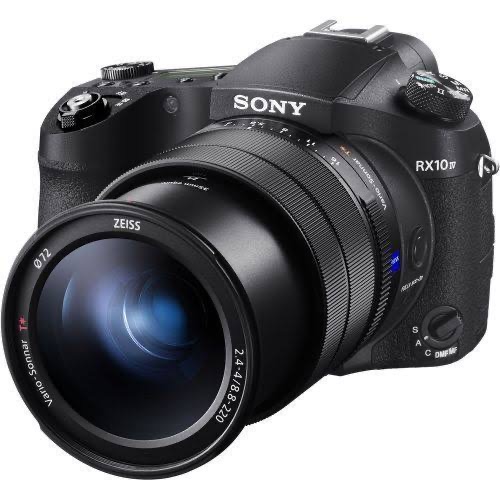
– Widely regarded as one of the best bridge cameras on the market, the Sony RX10 IV boasts a powerful 24-600mm equivalent zoom lens with a fast f/2.4-4 aperture.
– It features a 20.1-megapixel 1-inch Exmor RS stacked CMOS sensor, BIONZ X image processor, and advanced autofocus system with 315 phase-detection points for lightning-fast focusing.
– The RX10 IV offers 4K video recording, 24 frames per second continuous shooting, built-in Wi-Fi and NFC connectivity, and a tilting touchscreen LCD for easy composition and navigation.
2. Panasonic Lumix FZ1000 II
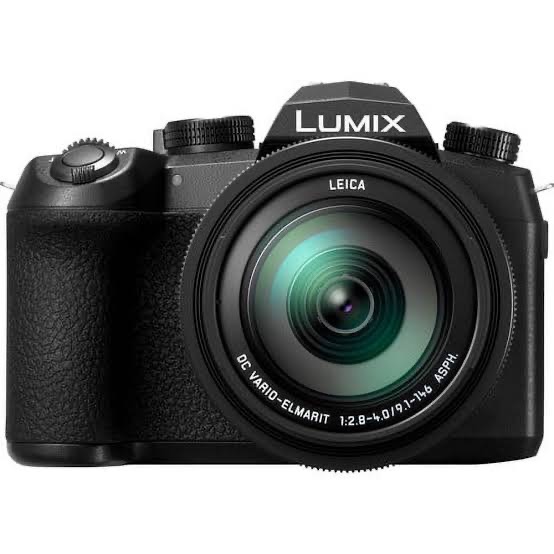
– The Panasonic FZ1000 II combines a versatile 16x zoom lens (25-400mm equivalent) with a 20.1-megapixel 1-inch MOS sensor and Venus Engine image processor for stunning image quality.
– It features 4K video recording at 30 frames per second, 5-axis Hybrid Optical Image Stabilization (OIS), and a high-resolution electronic viewfinder (EVF) with 0.39-inch OLED display.
– The FZ1000 II offers intuitive manual controls, customizable function buttons, built-in Wi-Fi and Bluetooth connectivity, and a 3-inch free-angle LCD touchscreen for flexible shooting angles.
3. Nikon Coolpix P1000

– The Nikon P1000 stands out for its impressive 125x optical zoom lens, equivalent to 24-3000mm in 35mm terms. Making it the ultimate superzoom bridge camera for capturing distant subjects.
– It features a 16-megapixel back-illuminated CMOS sensor, EXPEED image processor. And Dual Detect Optical VR (Vibration Reduction) for sharp, blur-free images and videos.
– The P1000 offers 4K UHD video recording, RAW file support, built-in GPS and Wi-Fi connectivity, and a high-resolution electronic viewfinder (EVF) with 0.39-inch OLED display.
4. Canon PowerShot SX70 HS
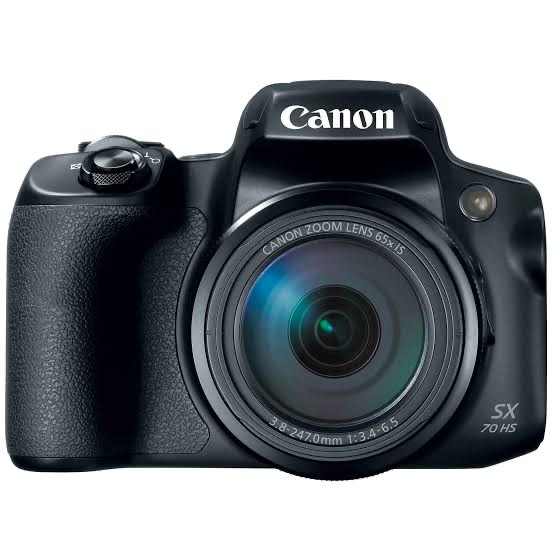
– The Canon SX70 HS combines a versatile 65x optical zoom lens (21-1365mm equivalent) with a 20.3-megapixel CMOS sensor and DIGIC 8 image processor for excellent image quality.
– It features 4K UHD video recording at 30 frames per second, 10 frames per second continuous shooting, and Dual Sensing IS for steady handheld shooting.
– The SX70 HS offers built-in Wi-Fi and Bluetooth connectivity, a 3-inch vari-angle LCD touchscreen. And a high-resolution electronic viewfinder (EVF) with 0.39-inch OLED display.
5. Fujifilm FinePix HS50EXR
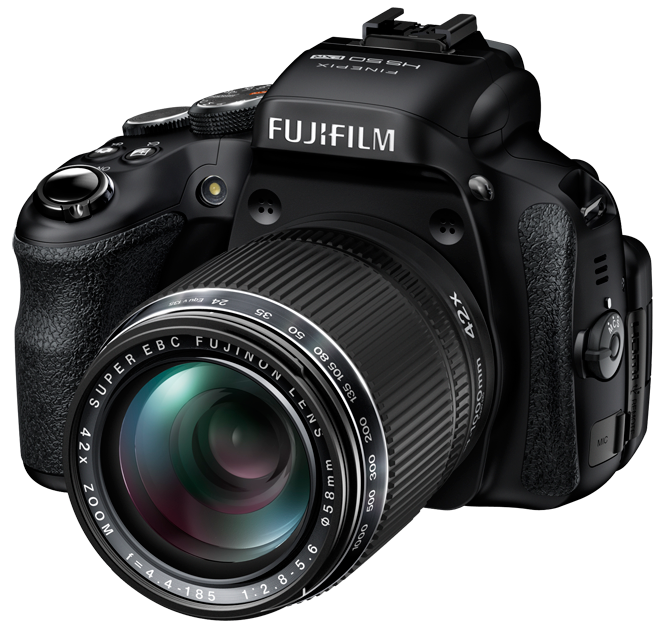
– The Fujifilm HS50EXR features a 42x optical zoom lens (24-1000mm equivalent) with optical image stabilization and a 16-megapixel 1/2-inch EXR CMOS II sensor for impressive image quality.
– It offers full manual control, RAW file support, high-speed autofocus, and a high-resolution electronic viewfinder (EVF) with 0.26-inch OLED display.
– The HS50EXR features Full HD video recording, 11 frames per second continuous shooting, and a 3-inch vari-angle LCD screen for flexible shooting angles.
When choosing the best bridge camera for your needs, consider factors such as zoom range, image quality, performance, features, and budget. Whether you’re a seasoned photographer looking for a versatile travel companion or a beginner seeking an easy-to-use all-in-one solution, there’s a bridge camera out there to suit your preferences and help you capture stunning images and videos with ease.
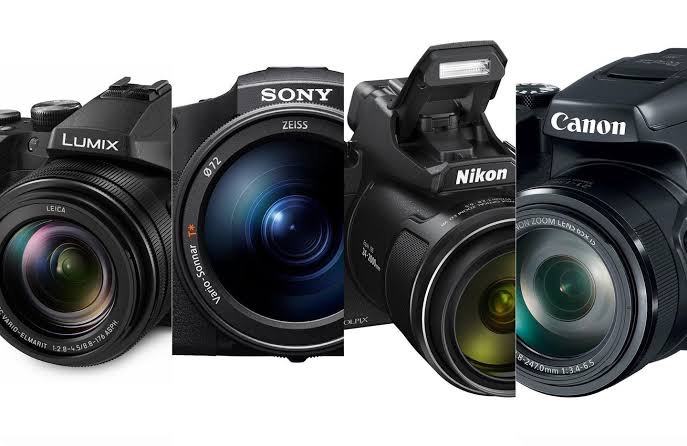

Pingback: A Review of the Canon PowerShot G7 X Mark III Camera - SimplExplainer